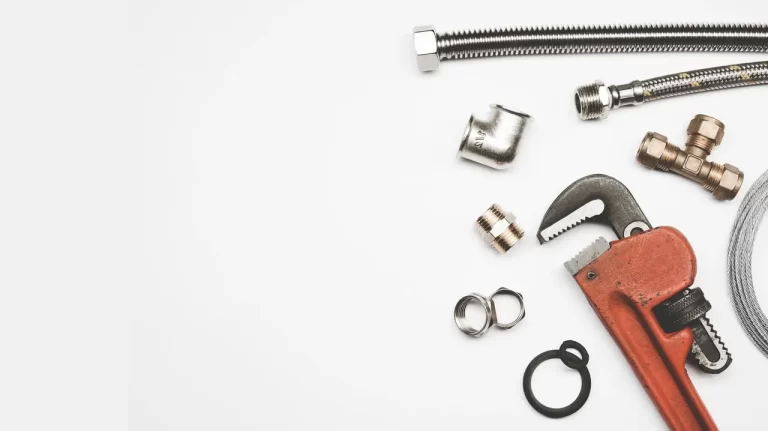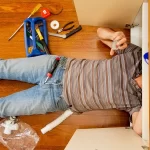Introduction
A well-maintained home is one that’s in good shape and has no major problems. As the owner of a home, it’s your responsibility to make sure that everything inside your house runs smoothly and efficiently. This can be hard if you don’t have enough information about plumbing maintenance. Fortunately, we have compiled some simple tips that will help take care of your plumbing needs.
Every home needs regular plumbing maintenance — here’s why.
It’s important to keep your plumbing running smoothly. When pipes freeze, they can burst and cause major damage to the structure of your home. Clogged drains can lead to backups or flooding in the house, which is a serious problem if you have kids or pets around who could be injured by water flowing out of a sink or toilet. Leaky faucets waste water, energy and money — not only because they waste resources but also because they may not seem like much at first glance but over time will add up into quite a bit!
The two most common causes of frozen pipes
Frozen pipes are the most common cause of water damage in homes. Frozen pipes can cause thousands of dollars worth of damage, so it’s not something you want to ignore or underestimate.
The two most common causes of frozen pipes are:
Insufficient insulation on your home’s exterior walls and roof (i.e., if you’re living in a drafty old house). This can be easily fixed by adding more insulation or installing weatherstripping around windows and doors.
Water leaking into an unheated area like an unfinished basement or attic, which then freezes when temperatures drop below freezing outside
The three most common signs of a clogged drain
The three most common signs of a clogged drain are:
Slow draining water
Gurgling sounds that can be heard when you flush the toilet or run the faucet. This is caused by air entering the pipes and creating bubbles in the pipe, which makes it difficult for wastewater to flow out.
Water that backs up into your sink and drains slowly or not at all
Five ways to prevent a clogged drain
Use a drain-cleaning product. There are many different types of drain cleaners on the market, but they all serve the same purpose: to help clear out your clog and prevent it from happening again. If you’re not sure which one to use, check with your local hardware store or ask them to recommend something.
Use a plunger. Plungers are effective at clearing small clogs because they apply pressure directly over where you think the blockage is located in your pipe–just make sure not to push too hard while using one!
Use a plumber’s snake (or “snake”). This tool consists of flexible metal cable wrapped around an auger wheel that can be inserted into drains pipes and rotated until it breaks through any obstructions in their path; then pull back up through them with ease! However keep in mind that this method does come with some downsides including having less control over exactly where debris lands after being removed from pipes as well as possible damage caused by twisting around inside walls if done incorrectly (which happens often).
How to get rid of a clog in your drain
If you’re dealing with a clog in your drain and you don’t want to call a plumber, there are some options for clearing it yourself. The first is using a plunger:
Put the plunger over the opening of the drain and push down firmly
When the water starts draining again and stops suddenly, remove the plunger and repeat until all water has drained out of your sink or tub.
Four common signs that you have a leaky faucet
To determine if you have a leaky faucet, check the following:
Check your faucet for leaks. Look at the handles and spout of your faucets as well as underneath them. If you see water leaking from anywhere on these parts of your sink or tub fixtures, it’s time to repair them before they cause damage to your home’s foundation or flooring.
Check washers and supply lines for damage or weariness–these can lead to leaks too!
Inspect stopper mechanisms inside sinks (underneath), checking for any signs of rusting or corrosion that could be causing leakage into surrounding areas like countertops or cabinets below where they’re located; this will also help prevent future problems with those types
Common causes of leaky faucets
If you’re having trouble with a leaky faucet, there are several possible causes. The most common one is worn washers on the inside of the faucet. You can replace these yourself or take it to a plumber for repair.
The second most common cause is corroded pipes that have become loose or damaged in some way. This can be repaired by tightening or replacing those pipes and repairing any dents in them as well–you’ll want to be careful with this part because if you make things worse by forcing them too hard, then you could break off part of your sink or tub!
Another common problem is when valves fail due to age or wear; this means there’s something wrong with how water flows through either an entire system (like when there’s a clog somewhere), or just within individual fixtures like sinks and tubs themselves
Five tips for avoiding clogged drains
Don’t pour grease down the drain
Grease, oil and other food particles can build up in your pipes over time and create a clog that’s difficult to remove. Instead of pouring these items down the sink, place them in a sealed container and throw them away with your regular trash collection service or take it to a recycling center.
Don’t use a plunger on a clogged drain
Pressing down on the plunger won’t do anything but force water back into your sink or tub, which means you’ll need to clean up even more when you’re done! Instead of using this method for clearing out debris from your plumbing system (which is what most people think), try using chemical drain cleaners instead since they work much better than plungers do at breaking up clogs caused by hairballs or soap scum buildup inside pipes’ openings where they connect into drainspouts
Preventive maintenance can help avoid costly repairs in your home
Regular maintenance can help avoid costly repairs in your home.
The cost to repair a plumbing problem is much higher than the cost of maintaining your system.
Regularly scheduled maintenance keeps your appliances working efficiently and reduces the risk of them breaking down altogether.
There are many benefits to scheduling annual service calls with a professional plumber, including:
A thorough inspection of all fixtures and appliances in your home, including toilets, sinks, faucets and water heaters; – An assessment of any potential problems or issues; – Repairs as needed before they become major problems; – Peace-of-mind knowing that you have taken steps toward preventing potentially costly emergency repairs down the road
Conclusion
We hope this article has given you a better understanding of plumbing maintenance, and some tips on how to keep your home in tip-top shape. The more you know about what’s going on with your home’s pipes, the better prepared you’ll be when something goes wrong.





